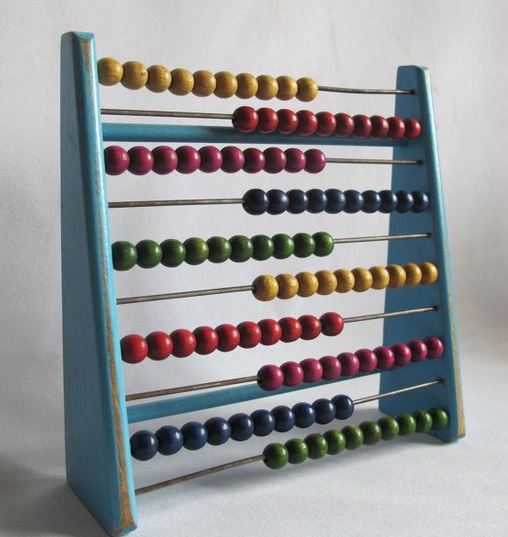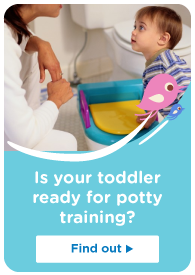Why the numbers don’t add up when it comes to childcare
Filed under:
MummyBloggers
 Ask any mum and they’ll tell you that being a mum is the toughest job you’ll ever have. Whether you’re a stay-at-home mum or you work outside the home, it’s all hard work. I know; I’ve tried doing both!
Ask any mum and they’ll tell you that being a mum is the toughest job you’ll ever have. Whether you’re a stay-at-home mum or you work outside the home, it’s all hard work. I know; I’ve tried doing both!
After my maternity leave ended, I worked part time, but after paying for childcare, I came out with about €70 a week. Next I went back into full time work, not because I wanted to, but because I had to. I worked for an American multinational. They ordered pizza every once in a while to show everyone what a ‘fun’ working environment it was. It wasn’t fun.
I worked four ten-hour days a week, with split days (i.e. no weekends off) and 8am starts. With no family nearby, I was entirely dependent on using a childminder, albeit an absolutely brilliant one, without whom I wouldn’t have coped. It soon became clear this wasn’t sustainable in the long term, unless I wanted to have a nervous breakdown.
When I dropped my toddler to my childminder in her pyjamas on dark, cold mornings at 7am, I felt like the worst mother in the world. I hated myself for doing it. I’d get home at 7pm, exhausted, hungry and grumpy, barely seeing my child for an hour that day.
The cost of childminding swallowed up a massive portion of my income: about €600-€700 a month and €7000/€8000 a year. That’s a lot when you’re a separated parent, and you have only one small income coming into the house.
All the free pizza in the world wasn’t compensation enough for the time spent away from my child, so I bid farewell to the shiny multinational. I learned the hard way that you can certainly try to ‘do it all’ but you just can’t outsource being a mum.
I asked other mums how they manage. My cousin in Australia told me about the childcare rebate scheme. They receive a 50% rebate on childcare expenses whether you work one day a week or five days a week. That’s right. You get half your monthly childcare costs back. HALF.
Why are we so bad compared to other European countries? Last week there was a mass protest in Dublin by childcare workers, who earn minimum wage and are stretched to the limit. Our childcare services are at breaking point. So what’s wrong with the Irish system?
Take a look at Sweden and how their government invest in childcare. The maximum amount they spend on childcare per month is capped at about €135 per child for the first child, and less for subsequent children. Compare this to the Irish average monthly payment of €750 per child, which is another mortgage in itself. This ultimately forces many women out of the workplace, especially when they have a second child. It doesn’t make financial sense.
In a 2012 survey, which rated quality and affordability of childcare, Finland, Sweden and Norway received the top three scores in the world. Sadly, Ireland was 18th on the list.
Admittedly, we don’t all want the same things - if we did that would be boring! Some mums like being stay-at-home mums, some like to work part-time, while some need or want to work full-time. We don’t all want to be a CEO with a corner office like Sheryl Sandberg or Marissa Meyer. We can’t all be trailblazers. I’m certainly not; I’m just a normal mum trying to find my way.
Wouldn’t it be better for mums to have more choices? To choose whether we want to work in some capacity yet earn enough to pay for high-quality, affordable childcare but still make a wage? Surely we should have the choice to work or stay at home, instead of the choice being made for us, simply because the numbers don’t add up.
Jillian Glancy is a freelance journalist and expert tea drinker. When she's not playing Princesses with her four-year-old, she can be found running around like a headless chicken, trying to figure out how to do it all and realising it's not quite possible.
Image via Pinterest

















